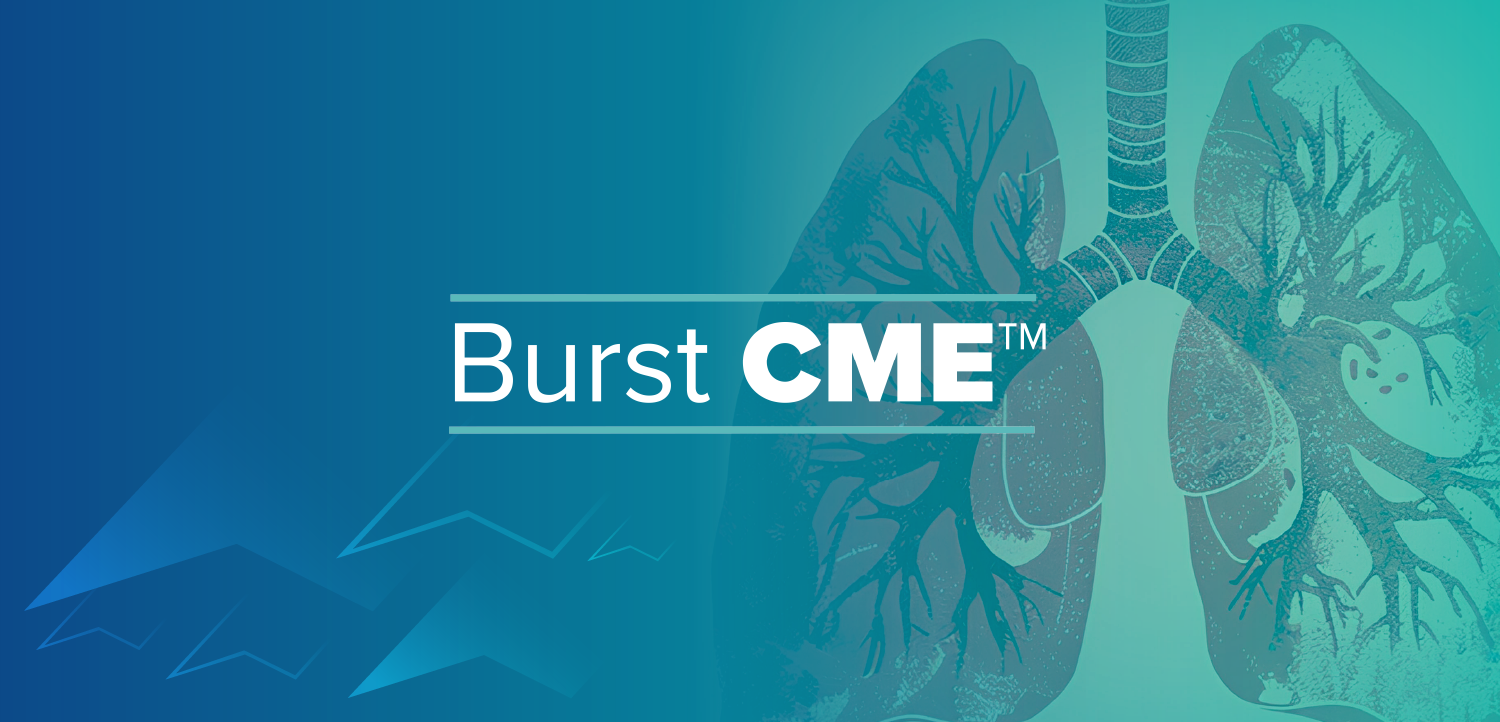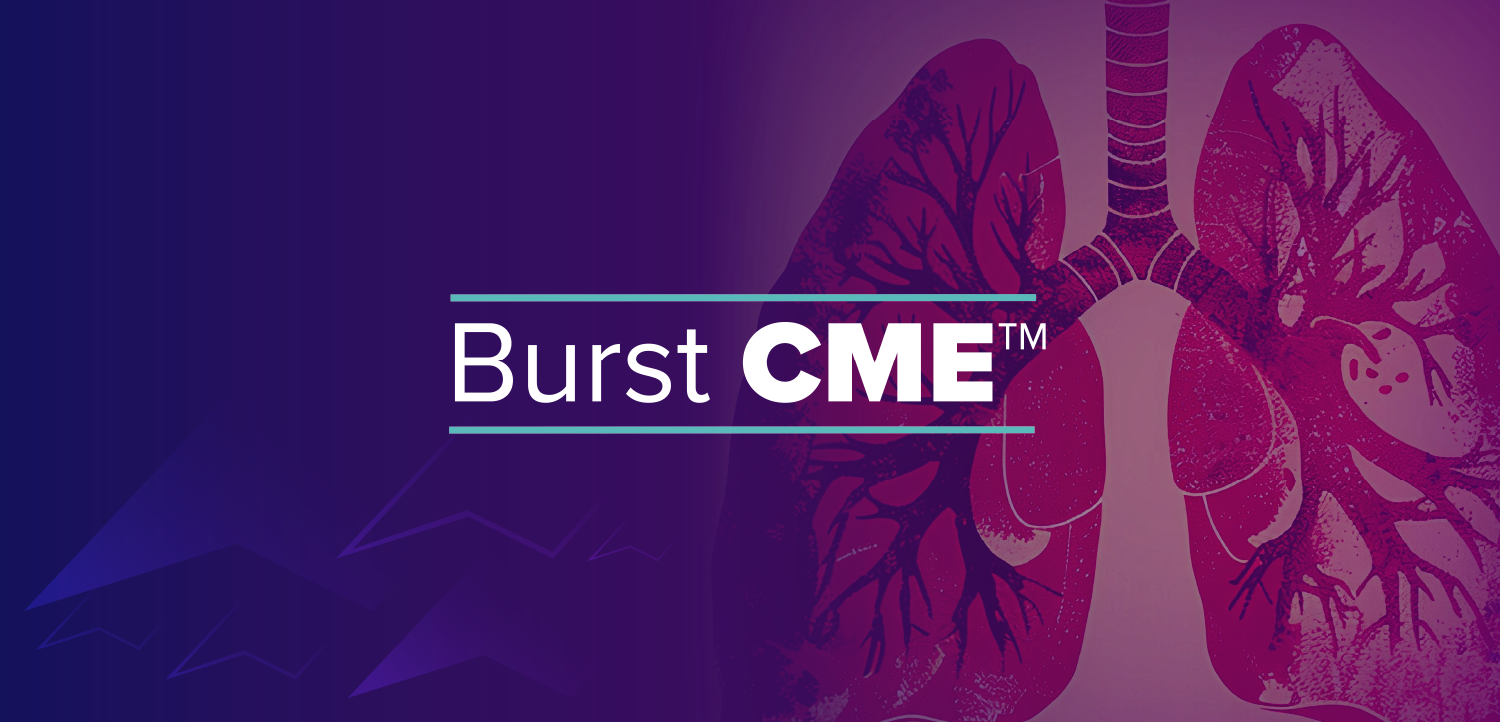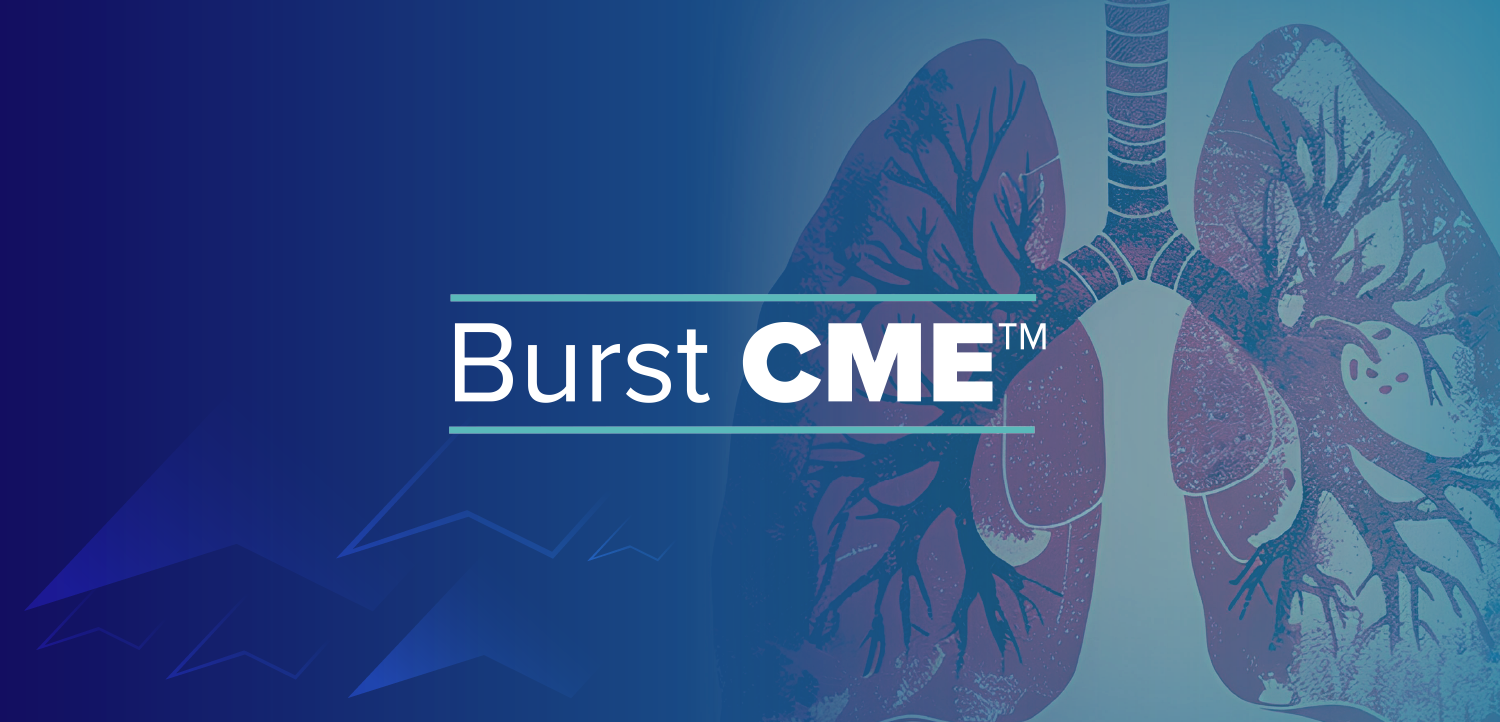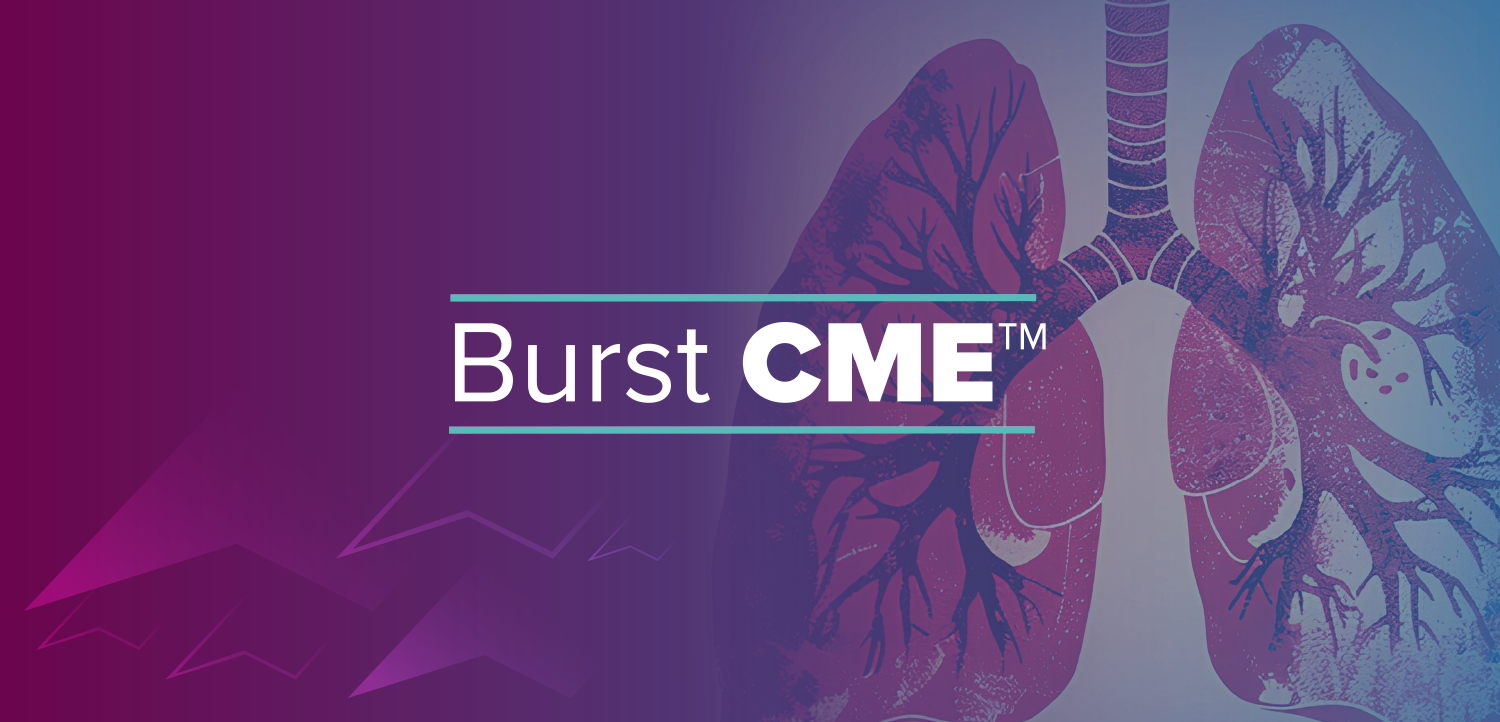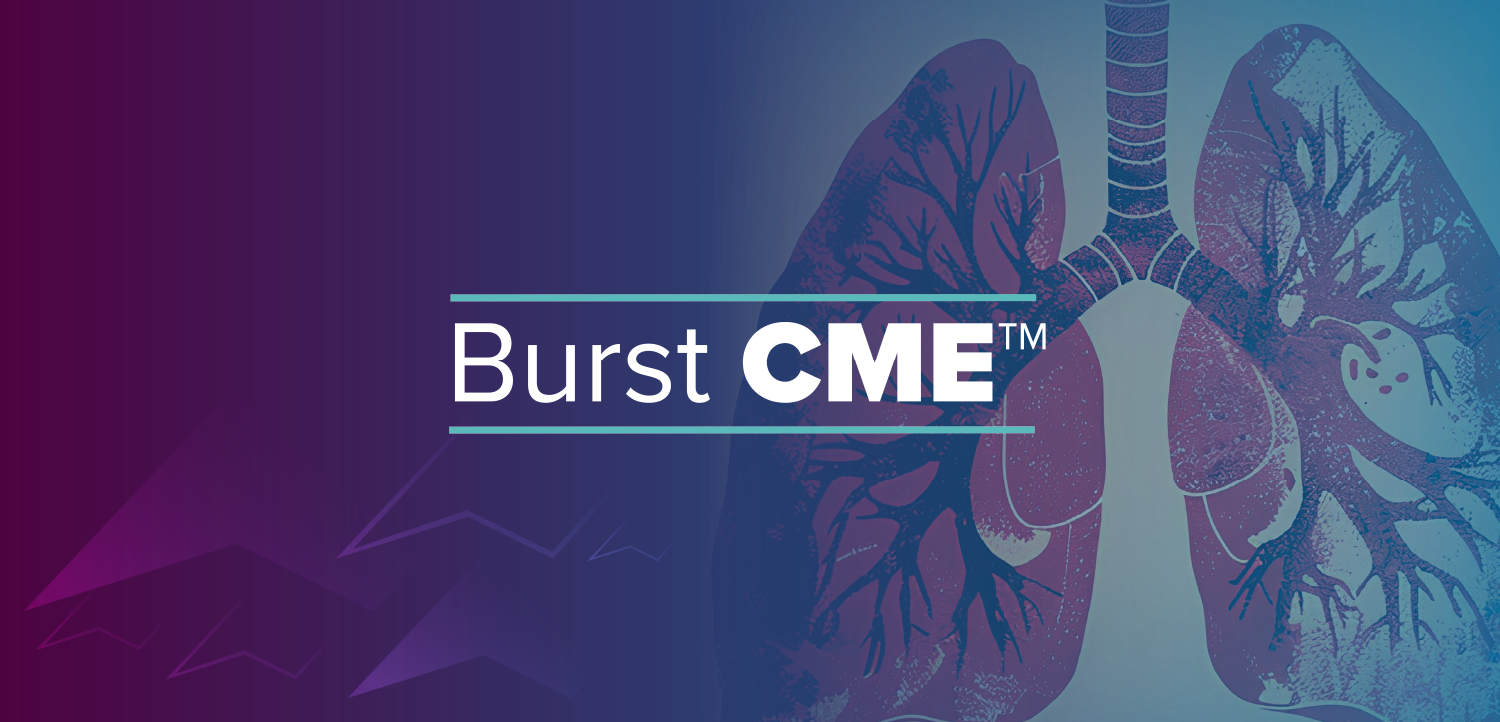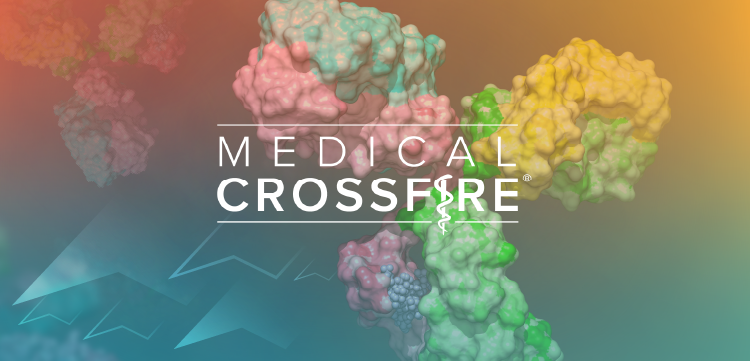
What Fraud and Abuse Has Cost Healthcare, How & How Much AI Can Save the Industry From It
In this final part of a two-part video series, Clay Wilemon, CEO of 4L Data Intelligence, shared how much in cost that fraud, waste and abuse has affected healthcare due to issues like overpayment; and how leveraging your artificial intelligence can help solve fraudulent issues. Clay added how much the industry can save using these solutions.
This brief excerpt was edited for length and clarity.
Q: What is the overall cost to the healthcare system when insurance fraud and waste is so prevelant?
A: The U.S. healthcare market's about $4.3 trillion according to CMS in 2022. If you look at Blue Cross Blue Shield Association of Michigan, they estimate $230 billion a year in fraudulent wasteful and abusive overpayments. There are other estimates that are as much as $700 or $800 billion a year in fraud, waste, and abuse.
Q: How can adapting or leveraging AI solve these issues?
A: So artificial intelligence is a category, but within that category, there are a number of different levels of sophistication. Okay, so there are some conventional artificial intelligence being used in the market today, addressing fraud, waste, and abuse. And think of conventional artificial intelligence as being, you know, a really souped up Excel spreadsheet with many formulas.
The there are other forms of AI like our Integr8 AI platform, which has the ability to view the healthcare claim a provider submits for payment and view that claim in context. Most technologies that are looking and evaluating whether to pay a healthcare claim, that technology looks at the claim, makes sure it's coded correctly, and pays it. With tools Integr8 uses, they can look at that claim in the context of the behaviors of the provider; the relationships providers have with other providers around that claim; and the context of the patient, diagnosis, situation, geographic proximity, all of these different variables to evaluate that claim. Looking at the claiming context allows you to see so much more of the environment in which that claim is even being submitted.
Q: How much is being saved by using these tools?
A: Of that $250 billion or $800 billion a year fraud, waste and abuse in the U.S., how much can a technology help the payers and healthcare system save? What we've seen so far in our work is dependent upon the the sophistication of the healthcare payers' commercial insurance company, state Medicaid programs, etc. Depending upon the sophistication of their current technologies, what we've identified is that at minimum, we can double the amount of fraudulent, wasteful and abusive billing detection and prevention. At a maximum, when you get into areas such as workers compensation insurance and others that are very heavy, we've seen detections up to 10 times what current technology has seen.
Newsletter
Get the latest industry news, event updates, and more from Managed healthcare Executive.








